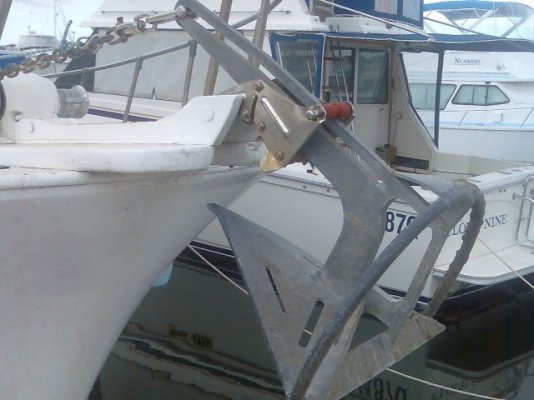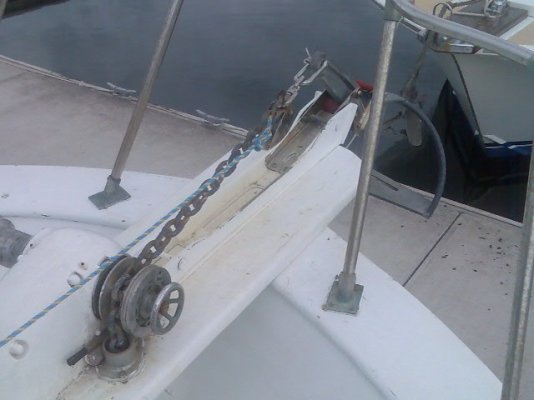Nomad Willy
Guru
For years I've noticed most anchors have a hole in the end of the shank for the shackle and many others have a slot and Ive been curious what the reason would be for a slot. I've always attached the shackle w the pin through the hole/slot of the shank*** ..seemingly the only logical way to do it but now it occurs to me that one could probably put the ear on the horseshoe part of the shackle through*the slot. I like to put the biggest pin through the shank hole that will fit so the shackle won't move sideways and try to bend the shank. I like to have a fairly close fit shackle pin to shank hole. I notice there is a "anchor shackle" that has a larger dia "horseshoe" that appears to be designed to take sideways pull from the rode. Could it be that the slot is there to pass the "ear" of the shackle horseshoe end through the shank? Would that reduce bending forces on the shank? *If not WHY do some anchors provide the slot? In view of the fact that it's more trouble to make a slot there must be a reason for it.




